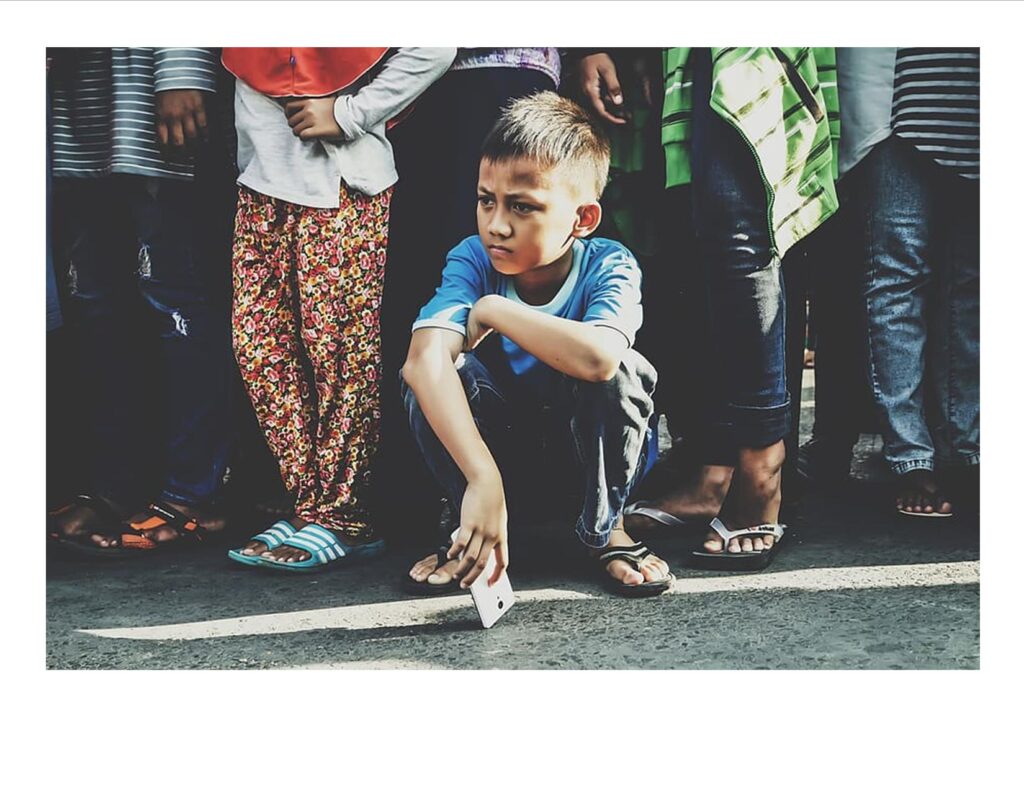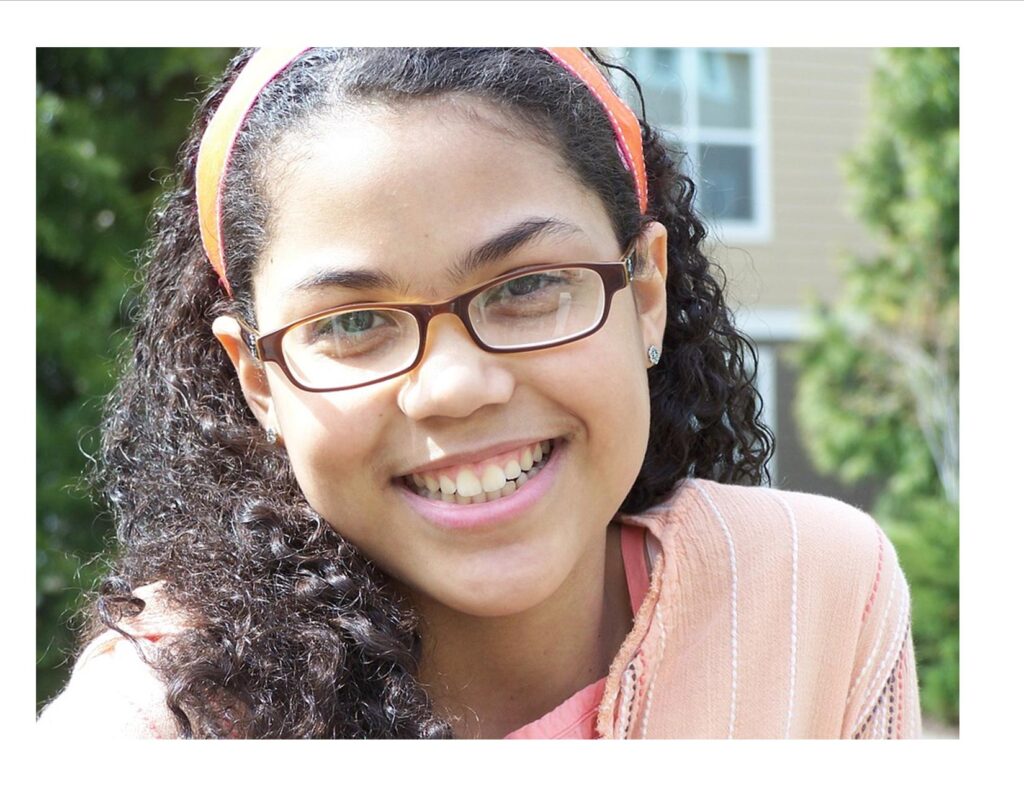A Teacher’s Destiny to Serve
By Bruce J. Stewart
“I don’t know what your destiny will be, but one thing I know: the only ones among you who will be really happy are those who have sought and found how to serve.” –Albert Schweitzer (1875 – 1965). German theologian and philosopher
During the COVID-19 pandemic, our nation’s children need their teachers now more than ever before. This is not to say that all students should return to school. It is to say that whether children are learning remotely, at school, or in a hybrid environment, the nation’s teachers have their greatest responsibility ever.
Here’s why. The educational community knows that students with a dysfunctional home environment are the students that need us, the professional educators most. For a variety of reasons, the home life of children in the United States continues to change. There are more stressors on parents, grandparents, single parent households, and guardians than ever before. There are an unprecedented number of children who are experiencing legitimate anxiety which manifests itself in the classroom.
And all of that was before COVID-19.
Today, all children are very likely experiencing anxiety related to COVID-19. The list of reasons is long. And, the anxiety is real and expected to persist.
Michael Garanzini, S.J., Ph.D., author of Child-Centered, Family-Sensitive Schools: An Educator’s Guide to Family Dynamics, asserts, “A more child-centered perspective requires that the educator appreciate the difficulties and sources of anxiety stemming from both the child’s key relationships and the family system. In other words, the family’s ability to cope effectively with internal and external stress determines to a large extent the child’s capacity to productively utilize the school environment.”
How can the nation’s teachers help our students?
Teachers must be united in their belief that they are not just purveyors of information and knowledge. Rather, they became a teacher to influence lives. Today’s the day to share your love and appreciation for accepting the responsibility to be a teacher, an influencer, a role model, a caring human being in a time in need. Speak with sincerity and positivity. A negative attitude can and will aggravate a fragile situation.
Ensure that your students understand the seriousness of this pandemic. Explain that the choices we must make to mitigate this disease are informed decisions based on the scientific evidence. These choices include social distancing; and the need to protect ourselves and others around us by wearing a mask.
I suggest that a discussion on civics and responsibility would be a good starting point for middle school and high school students. Invite your students into the conversation. Engage them to share their views regarding freedom and the responsibility to their community. Invite them to discuss an individual’s responsibility to seek the common good of the community.
The educational system, primarily the frontline professionals, must adapt to this new reality. By embracing a restorative mindset, teachers will seek compassionate solutions for their students now. Teachers, students, and parents are in this pandemic together. Everyone is experiencing different levels of anxiety or even fear related to the pandemic. However, by remaining calm, teachers will provide a welcoming environment to their students. It would be nice to give the young children a hug. However, an abundance of smiles may be required to ease tension instead.
Wearing masks makes student engagement and discussion even more difficult. Smile with your eyes. Your words possess enormous power as well. Use language carefully and with intention to create an environment of positivity and respect. Words like “I understand that the mask can be frustrating, but we are in this together” are powerful.
Encourage ‘breathing breaks.’ Let students know that they are welcome to step in the hallway for a minute to pull the mask away from their face to breathe. Appreciate the different color patterns, designs, and the individuality that their masks may represent.
These suggestions can offer comfort to many students as they return to the classroom. The PPE, the desk shields, the sanitizers, and the social distancing reminders, are triggers which may promote additional anxiety. Minimizing and eliminating anxiety will serve your students very well.
Always remember, the students who need us most are the ones who come to school:
- Late because both parents are now working overtime.
- Afraid because their parents have lost their jobs.
- Hungry.
- Wearing the same clothes for the past few weeks.
- Wearing a sweatshirt in 90 degree weather to cover the bruises on their arms.
- Wearing a fake smile which hides the verbal abuse inflicted each evening.
- Without their homework because they were caring for their little sister.
- With a bad attitude because that is all they experience at home.
- With a dirty face.
- Without their backpack because they were evicted from their motel room.
- Without self-confidence because they are weary and ready to give up.
- Who are unable to participate digitally at home due to lack of resources.
- Who are living through the COVID-19 pandemic.
Be the teacher, the administrator, the counselor, the school nurse, the parent, the colleague, who says, “Yes, it is my destiny to serve our children with compassion and kindness in this time of need.”
Note: A special thanks to Alex Stewart, a high school English teacher in Reno, NV, for his contributions to this post.


